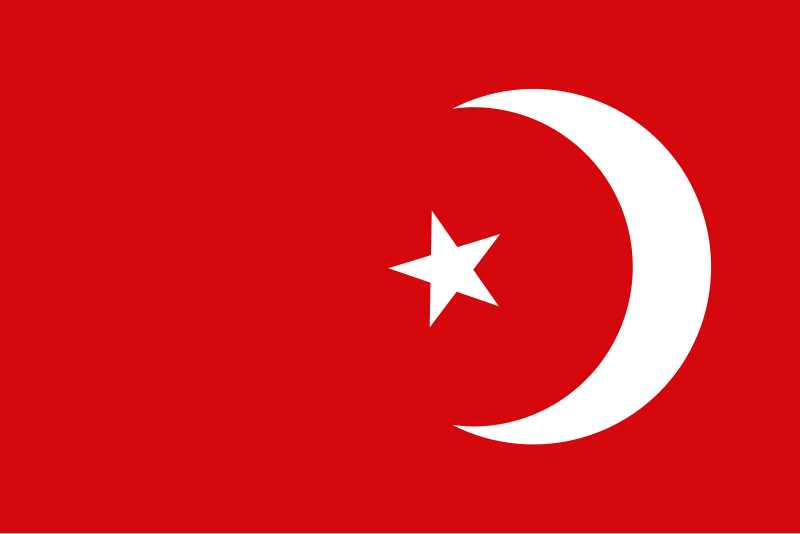Introduced to the nation in 680 A.D.,
Islam is one of two newest religions in Morocco but is also the most prevalent,
particularly the Sunni sect. harboring the faith of approximately 31,000,000
Moroccans. The word “Islam” is an Arabic word that conveys the idea of
submission, surrender, and unwavering obedience. In particular, being that
Islam is a religion, Islam stands for complete submission and unquestioning
obedience to Allah [God]. This is the most widely accepted meaning of the word.
However, another literal interpretation of the word Islam is “peace.” The word
now is conditional as it signifies that peace of body and mind can only be
achieved through submission and obedience to Allah. On the lowest end of the
totem pole, but newest in its advent in the nation, claiming only roughly .1%
of devotees to its roster, the Baha'i faith is also practiced. This religion,
coming of age in the 19th century A.D., espouses three main tenets: Unity
[one-ness] of God, unity of [major] religions (i.e. Christianity, Islam, Judaism),
and unity of mankind. However, although Islam is the dominating religion in
Morocco, it is not the only...nor was it the first.
Bogaert notes
that in addition to the 31,000,000 [Sunni] Muslims in Morocco, there are also
100,000 Christians present as well.[1]
Dating back to 200 A.D., just a bit over one hundred years after the Roman
Empire destroyed the second holy temple of Judea in 70 A.D., which served as a
hub for Judaism in that time, Christianity had begun to spread in Rome. And
while under the vice grip of a totalitarian Roman rule, so too did Christianity
spread to the Moroccans. Christianity is Morocco's second most popular religion
and also second oldest. The title holder of the most dated religion in Morocco
is held by a religion whose history reaches back more than 3,500 years, and
perhaps since significantly before recorded history, is Judaism claiming no
more than approximately 5,000 followers. Thus far, all aforementioned religions
were "established" religions - religions whose influence has claimed
great nations and spread to the most populous corners of the world. However,
Berber people, the arguably indigenous people to the nation of Morocco, have maintained their own religious traditions - rightly called, Traditional
Berber Religion.
 |
| David Jones [CC-BY-2.0 (https://creativecommons.org/licenses/by/2.0/deed.en)], via Wikimedia Commons https://commons.wikimedia.org/wiki/File:Reflecting_cavern_lake.jpg |
Jimmy Kirby, a
graduate student of Africana Studies of Cornell University, pairs
one creation story to the Traditional Berber Religion. The story belongs
to the Kabyl people of the Amazigah (Berbers).
[2]
The lore goes as such: There was a man and a woman who lived within the earth.
They were the first and only and neither knew that the other was of the
opposite sex. One day, they came to a well to drink. The man wanted to drink
first but the woman insisted she drink because she arrived first. He pressed
her and she struck him and he struck her back - her robe fell open and the man
noticed her nakedness was different than his. When he asked what it was, she
said it was good. The man laid upon her for eight days and from then on, the
woman birthed 4 boys and 4 girls alternately until they had 50 children. Not
knowing what to do with all of their children, the Firsts sent them all away
where they discovered holes in the earth that lead to the sky. They left the
underground and became the first people "on earth".
Belcher recounts an origin
myth of the Iwillimiden people of the Tuareg, a nomadic Berber people group.
The story tells of group of travelling merchants who have 7 slave girls in
their caravan. Once they reached the region of Taylalt, the were joined by a
holy man and some time after came to a valley. The man warned them not to camp
there despite how inviting the valley appeared but the merchants disregarded
the holy man. At the end of the day they reached the valley. The travelers were
pleased with the campsite so they rested there over night. The next day they
resumed their journey. As the journey progressed, the merchants noticed that
the women had become pregnant! Each seemed to be inhabited by a spirit (likely
the Jinn which inhabited the valley in which they slept). The merchants
remembered the holy man's warning. At this, they abandoned the women at an
oasis where they all gave birth. Their children became the Iwillimiden people
of the Tuareg. [3] This story and
many others have stayed with the Berbers being maintained through oral
tradition. The impact of Christianity occurred around the time the Romans
occupied Morocco when Christianity was spreading in Rome. However, as Islam
began to spread rapidly after the Islamic Conquests, and the Romans were no
longer a prevalent force in the nation, Islam very quickly became the dominant
religion of Morocco.
[1] Koenraad
Bogaert, “The Revolt of Small Towns: The Meaning of Morocco’s History and the
Geography of Social Protests,” Review of
African Political Economy 42, no. 143 (September 2014): 136, accessed July
21, 2016, http://www.tandfonline.com/doi/full/10.1080/03056244.2014.918536
[2]
Jimmy Kirby Jr., “Creation Stories: Uniting Humanity to Induce a Holistic
Understanding of the African Worldview (master’s thesis, Cornell University,
2009), 8, accessed July 21 2016, http://africana.library.cornell.edu/sites/default/files/imported/lecture/kirby.pdf
.
[3] Stephen
Belcher, African Myths of Origin
(London: Penguin Books, 2005), 446.



No comments:
Post a Comment